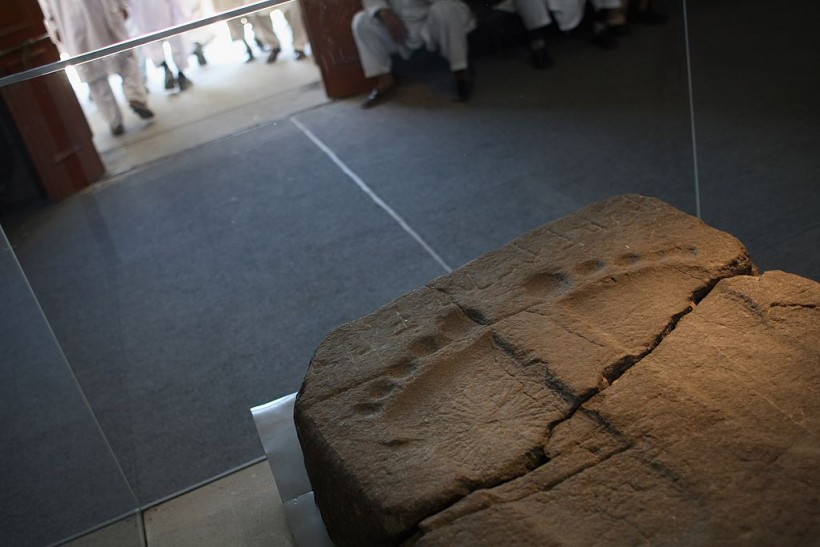Scientists have confirmed the age of ancient human footprints discovered in White Sands National Park in September 2021, dating them between 21,000 and 23,000 years old. This park in New Mexico has the largest collection of fossilized human footprints, with a total of 61 footprints.
This revelation challenged the previously established timeline of human presence in North America, indicating that early inhabitants co-existed with megafauna for millennia before the terminal Pleistocene extinction event.
According to CNN, the reported age of the footprints dramatically pushed back the timeline of humans' history in the Americas. Scientists previously believed that massive ice sheets had sealed off human passage into North America until about 15,000 years ago. The new date now indicated that humans arrived in the region even earlier.
A new study employed two independent dating methods, both of which reaffirmed the initial age estimate. The initial findings in 2021 triggered widespread discussion and debate in both the scientific community and the public regarding the accuracy of these ages.

MINGORA, PAKISTAN - OCTOBER 10: An imprint entitled the "Feet of Buddha" stands on display October 10, 2007 at the archaeological museum in Mingora in the Swat Valley of Pakistan
The Controversy on Ancient Human Footprints
Jeff Pigati, USGS research geologist and co-lead author of the recent study, acknowledged the initial skepticism within some archaeological circles, emphasizing the significance of their targeted approach in confirming the footprints' age.
"The immediate reaction in some circles of the archeological community was that the accuracy of our dating was insufficient to make the extraordinary claim that humans were present in North America during the Last Glacial Maximum. But our targeted methodology in this current research really paid off," Pigati said in a press statement.
Central to the controversy was the precision of the original dating method, which relied on radiocarbon dating of seeds from the common aquatic plant Ruppia cirrhosa found in the fossilized imprints. Concerns arose due to the potential for aquatic plants to absorb carbon from dissolved sources in the water, potentially leading to overestimations of age.
Kathleen Springer, USGS research geologist and co-lead author of the current study, emphasized the commitment to validating their results with multiple lines of evidence, underscoring the importance of independent chronological confirmation.
Read Also: Archaeologists in Israel Discover 'Most Ancient Gate' From 5,500 Years Ago
Isolating 75,000 Pollen Grains
For this follow-up investigation, the focus shifted to radiocarbon dating of conifer pollen, which originates from terrestrial plants and mitigates potential complications associated with dating aquatic plants such as Ruppia.
The team meticulously isolated around 75,000 pollen grains for each sample, ensuring a precise comparison with the original seed ages. In each instance, the pollen age was closely aligned with the corresponding seed age.
David Wahl, a USGS research geographer and co-author of the current Science article, noted that the pollen samples offered insights into the broader environmental context at the time the footprints were made, indicating conditions typical of cold and wet glacial environments, contrasting sharply with the modern desert vegetation.
Additionally, the team utilized optically stimulated luminescence, a different dating method that determines the last exposure of quartz grains to sunlight. This approach yielded a minimum age of approximately 21,500 years for quartz samples within the layers bearing the footprints, further reinforcing the radiocarbon results.
With three distinct lines of evidence converging on the same age range, the likelihood of simultaneous inaccuracies or biases across all methods is exceedingly low, according to the researchers.
This collective body of evidence strongly supports the human footprints' 21,000 to 23,000-year age range. The research was a collaborative effort between scientists from various institutions, including the USGS, Lawrence Livermore National Laboratory, the National Park Service, and academic establishments, with support from the Climate Research and Development Program and USGS-NPS Natural Resources Protection Program.
The findings of the team were published in the journal Science.
Related Article: Machu Picchu: Ancient DNA Reveals Incredible Diversity at Lost City of the Incas









